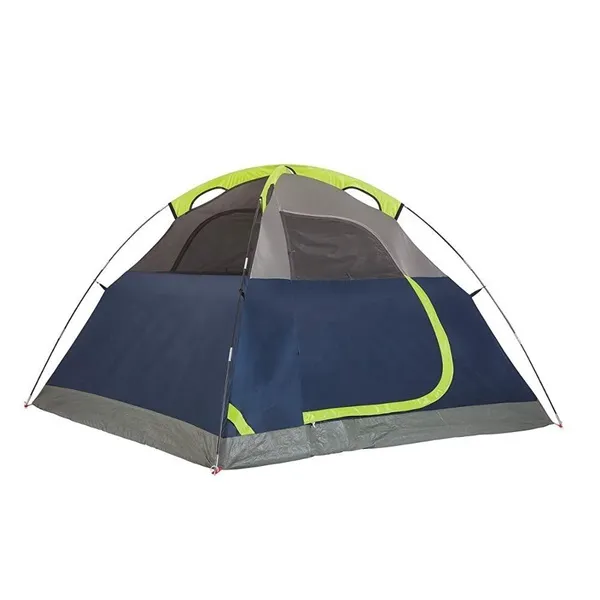 rainwears@163.com may@may-rain.com
rainwears@163.com may@may-rain.com Mon to Friday: 8.00 am - 7.00 pm
Mon to Friday: 8.00 am - 7.00 pm
Travel Raincoats for Outdoor Enthusiasts
Travel raincoats are essential waterproof outerwear designed for portability and weather protection during outdoor activities. Their compact, lightweight design makes them ideal for travelers, hikers, and campers facing unpredictable conditions.
Features of High-Quality Travel Raincoats
The construction of premium travel raincoats focuses on three critical elements: material technology, functional design, and safety features. First of all, modern coats utilize advanced rain coat polyester blends with hydrophobic coatings that repel water while remaining breathable. These technical fabrics prevent the clammy, suffocating feel of traditional plastic rainwear through microscopic pores that allow vapor escape while blocking liquid penetration.
Besides material selection, seam construction determines long-term waterproof integrity. High-end models feature fully taped or welded seams that eliminate needle holes where water could seep through. Reinforced stitching at stress points like shoulders and pockets enhances durability for rugged use. Some designs incorporate underarm venting systems with zippered openings to regulate airflow during high-exertion activities.
Visibility enhancement represents another crucial feature, particularly for road cyclists or urban commuters. A reflective raincoat with hood integrates retroreflective strips or full-panel prints that dramatically increase nighttime visibility. The hood design deserves special attention - an optimal version includes a stiffened brim to shield eyes from rain, adjustable drawstrings for secure fit, and ample headroom to accommodate helmets or hats. For younger users, a childrens waterproof poncho often features bright colors and simplified closures suitable for small hands.
Travel Raincoats for Different Outdoor Activities
The application of travel raincoats varies significantly across outdoor pursuits, with specialized designs emerging for each use case. Camping scenarios demand coats that integrate with shelter systems like an aluxe tent or bell tent accessories. These typically feature longer cuts for seated coverage and durable fabrics resistant to abrasion from rough surfaces. Some expedition-grade models include attachment points for securing the coat to tent frames during storm conditions.
Beach environments present unique challenges that travel raincoats address through specialized adaptations. When used with an anti sand beach mat or beach mat waterproof, the coat provides complete moisture protection from both precipitation and wet sand. The family beach mat combination proves particularly effective, creating a dry zone for group activities. Coastal versions often incorporate quick-dry linings and corrosion-resistant zippers to withstand saltwater exposure.
Automotive-based adventures benefit from travel raincoats designed to complement mobile shelter systems. The car tunnel tent setup frequently incorporates rainwear as part of a complete weather protection strategy. These coats may feature vehicle-specific adaptations like extended backs for bending over trunks or reinforced shoulders for carrying heavy gear. Some models include integrated packs that convert into seat covers for wet clothing storage.
Maintenance and Storage of Travel Raincoats
Proper care protocols ensure travel raincoats maintain their waterproof capabilities through years of use. The cleaning process requires specific attention - machine washing should use technical fabric detergents without softeners that can clog waterproof membranes. A second rinse cycle helps remove all detergent residues that might compromise water repellency. While some coatings permit low-heat tumble drying to reactivate DWR treatments, line drying in shade prevents UV degradation.
Storage considerations focus on preserving both material integrity and waterproof treatments. Unlike conventional jackets, travel raincoats should not be stored in compressed states for extended periods as this can cause permanent creasing of waterproof layers. Hanging in climate-controlled spaces avoids moisture buildup that could lead to mildew. For travel storage, loose rolling proves preferable to tight folding, with silica gel packets added to control humidity in packed bags.
Periodic maintenance extends beyond basic cleaning. DWR treatments require reapplication every 20-30 uses, with spray-on formulas restoring water beading capability. Zippers benefit from occasional lubrication with dry silicone to prevent corrosion. Visual inspections should check for delamination signs - cloudy patches indicating separation of waterproof membranes - which require immediate repair to prevent further deterioration.
Travel raincoats have become indispensable gear for modern outdoor enthusiasts, offering essential protection that combines advanced technology with practical functionality. Their evolution reflects significant advancements in material science, from high-performance rain coat polyester fabrics to safety-enhanced reflective raincoat with hood designs. These garments work seamlessly with various outdoor setups, whether complementing an aluxe tent for camping or pairing with an anti sand beach mat for beach excursions, demonstrating remarkable versatility across different environments.
The enduring value of travel raincoats lies in their ability to provide reliable weather protection while maintaining comfort and portability. Proper care ensures these garments remain effective through years of use, making them a worthwhile investment for any outdoor adventurer. As outdoor activities continue to grow in popularity, travel raincoats will remain a fundamental component of gear collections, adapting to new technologies while staying true to their core purpose of keeping users dry and protected in challenging conditions.

-
The Ultimate High Visibility Rain Jacket With Hood
NewsNov.19,2025
-
Staying Dry With a High-Vis Bicycle Raincoat
NewsNov.19,2025
-
Caring for and Washing Your Lined Rain Jacket
NewsNov.19,2025
-
Breathable Men Raincoat with Hood for Hiking
NewsNov.19,2025
-
Custom Women’s Waterproof Raincoat – Hooded Outdoor 1-Piece
NewsNov.17,2025
-
Long Men’s reflective rainwear raincoat - Waterproof Hi-Vis
NewsNov.17,2025































